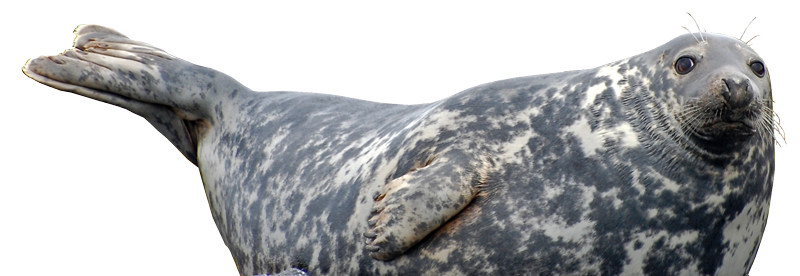CANADIAN SHARK ATTACK REGISTRY
Greenland shark bumps boat at Île aux Basques
| Case number: 16 |
| Date: 1940-04-04 |
| Location: Île aux Basques, Québec |
| Incident type: Boat attacked by shark — Code: ST |
| Species (Confirmed): Greenland shark (Somniosus microcephalus) |
| Possible cause(s): Blood in water (Provoked) |
| Result: No injury |
| Status: Confirmed |
| Description: A shark reportedly¹ stalked and attacked a boat midway between Trois-Pistoles and Île aux Basques. The warden of the island, Charles Morency, was making his way to the island in a canoe* while carrying the carcass of a dead animal that he wanted to feed to the island’s foxes. According to Mr. Morency, a blood trail that had formed in the ice-laden water behind the boat attracted a four-metre shark, which followed and then attempted to capsize the boat. The shark first appeared hundreds of feet behind the canoe before swimming rapidly to catch up. It caused such a wave when it surfaced just astern that it nearly capsized the canoe. It dived two more times alongside the boat before lifting the canoe out of the water in a failed attempt to overturn it. It finally reappeared ahead of the canoe and departed.
Original reference²:
Assessment: Mr. Morency, who was an experienced fisherman that had previously captured many sharks in the Gulf of St. Lawrence, identified the assailant as a blue shark. However, only the Greenland shark could have been present at this particular shallow-water (<6m) and icy location† in early April. Although a passing Greenland shark could have been attracted by the blood, it likely did not have the intention nor the physical capacity to overturn the boat. Also, with an average cruising speed³ of 0.3 m/s, a Greenland shark could not have caught up with the boat over a distance of several hundred feet, let alone produced a wave strong enough to flip it. It is thus our determination that the animal in question was likely a Greenland shark, but the details of the incident were presumably misinterpreted or purposely exaggerated for effect. Notes:
|
References:
|












